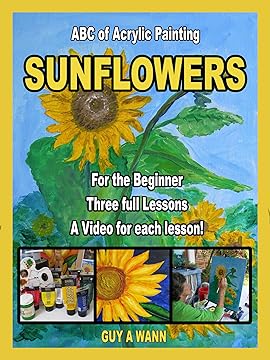This post contains affiliate links.
Materials, Techniques, and Step-by-Step Projects
Acrylic painting is an exciting and versatile art form perfect for beginners and seasoned artists alike. Known for its quick drying time and vibrant colors, acrylic paint offers endless creative possibilities. This guide is designed to help beginners understand the basics of acrylic painting, from selecting the right materials to mastering various techniques and undertaking step-by-step projects.
Choosing the Right Materials
Brushes
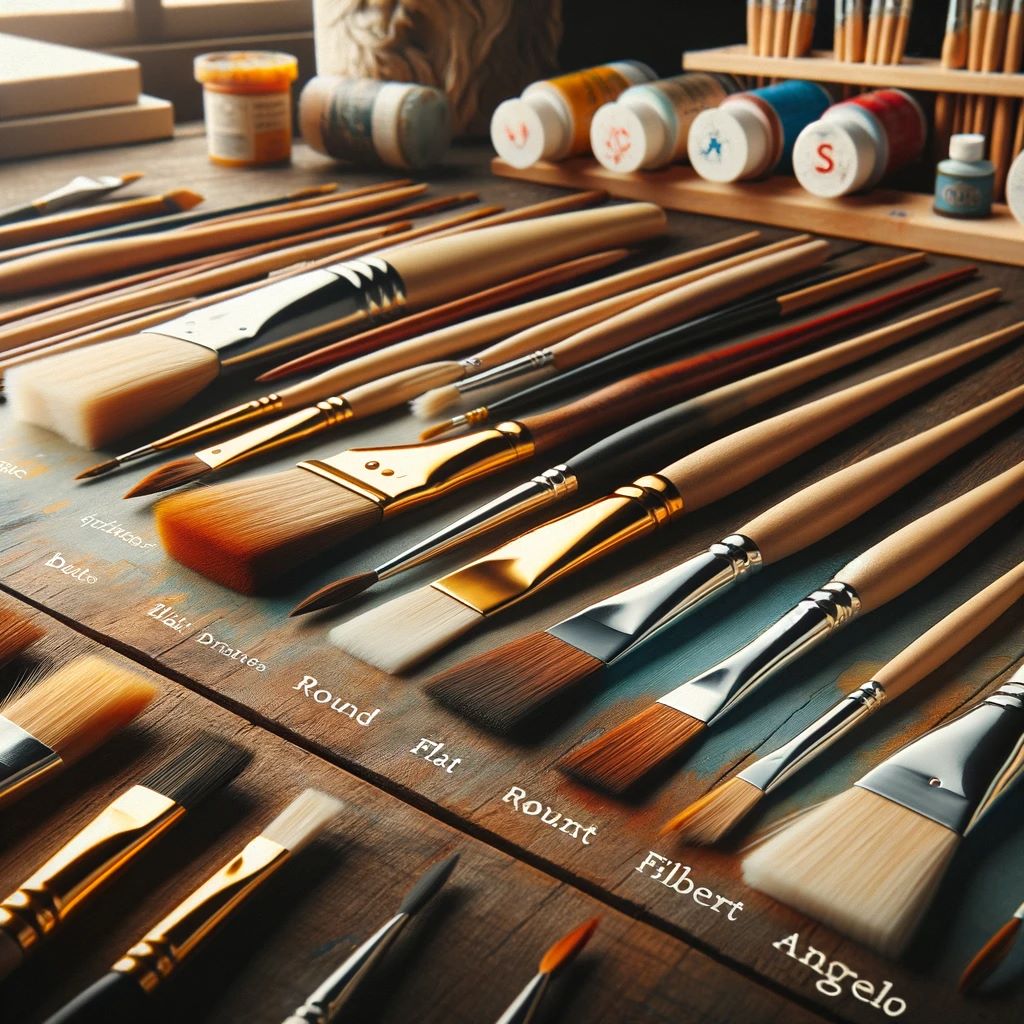
Selecting the right brushes is crucial for acrylic painting. There are various types of brushes available:
- Flat Brushes: Ideal for bold strokes and filling wide spaces.
- Round Brushes: Best for detailed work and fine lines.
- Filbert Brushes: Great for blending and soft rounded edges.
- Angled Brushes: Perfect for curved strokes and filling corners.
Canvases
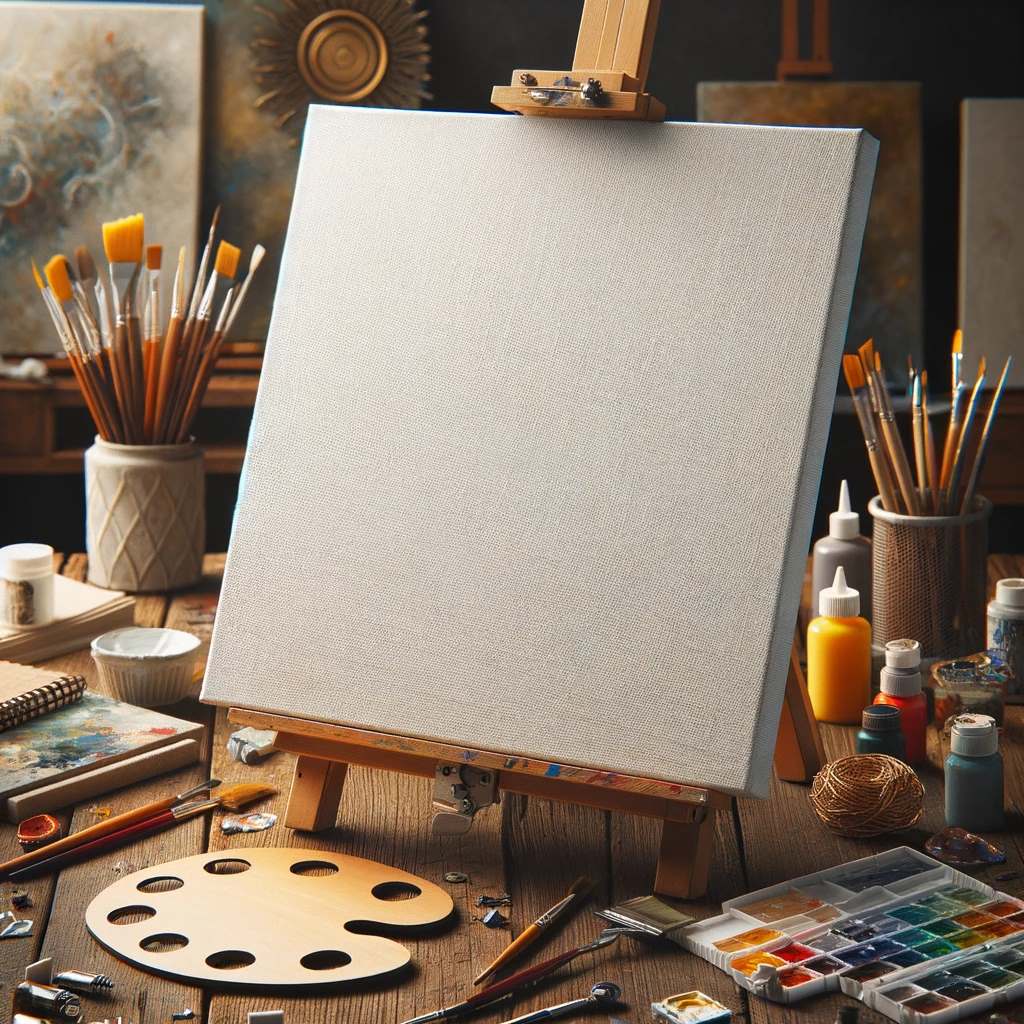
Canvases come in different textures and weights:
- Cotton Canvases: Affordable and suitable for beginners.
- Linen Canvases: Higher quality, offering a smoother finish.
- Canvas Boards: A cost-effective alternative to stretched canvases.
Acrylic Paint Brands
There are numerous acrylic paint brands, each with its unique properties:
- Student Grade: More affordable, suitable for practice and learning.
- Artist Grade: Higher pigment concentration, offering vibrant and lasting colors.
Acrylic Painting Techniques
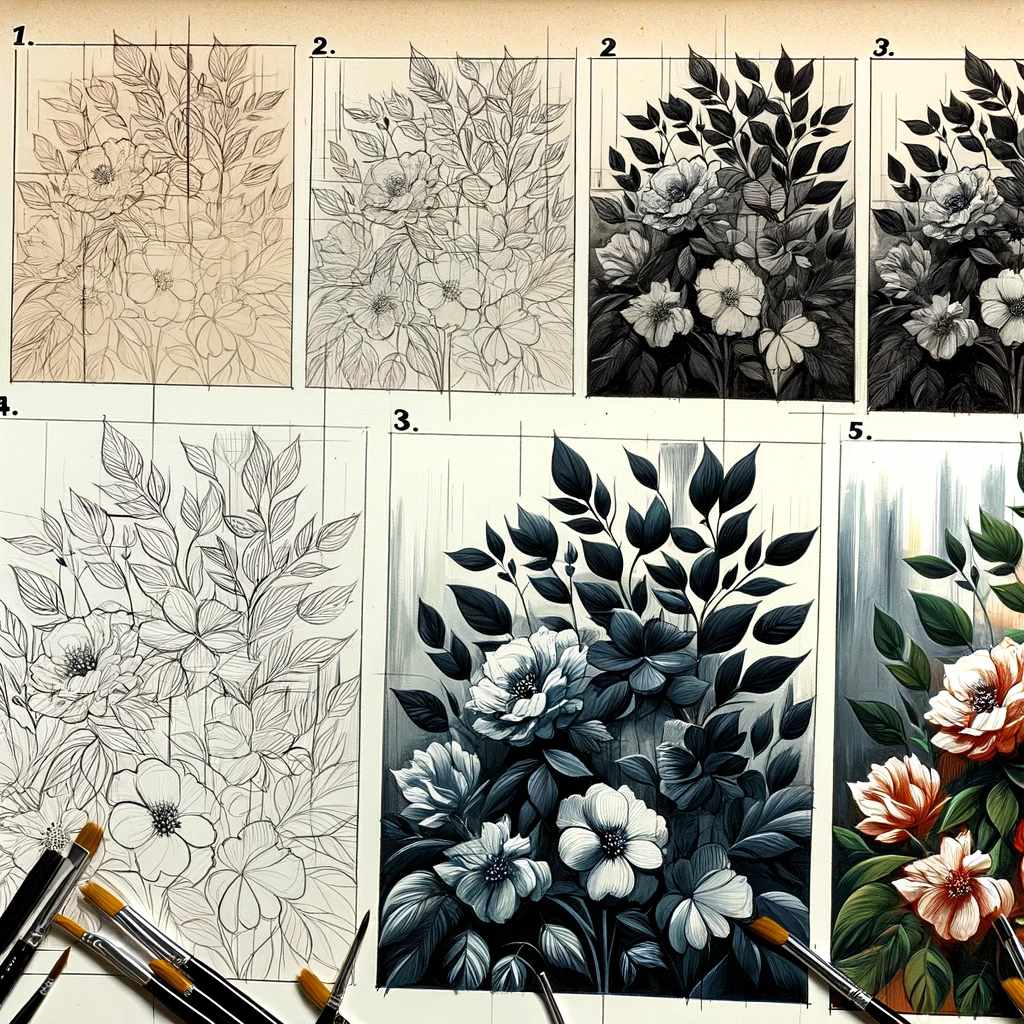
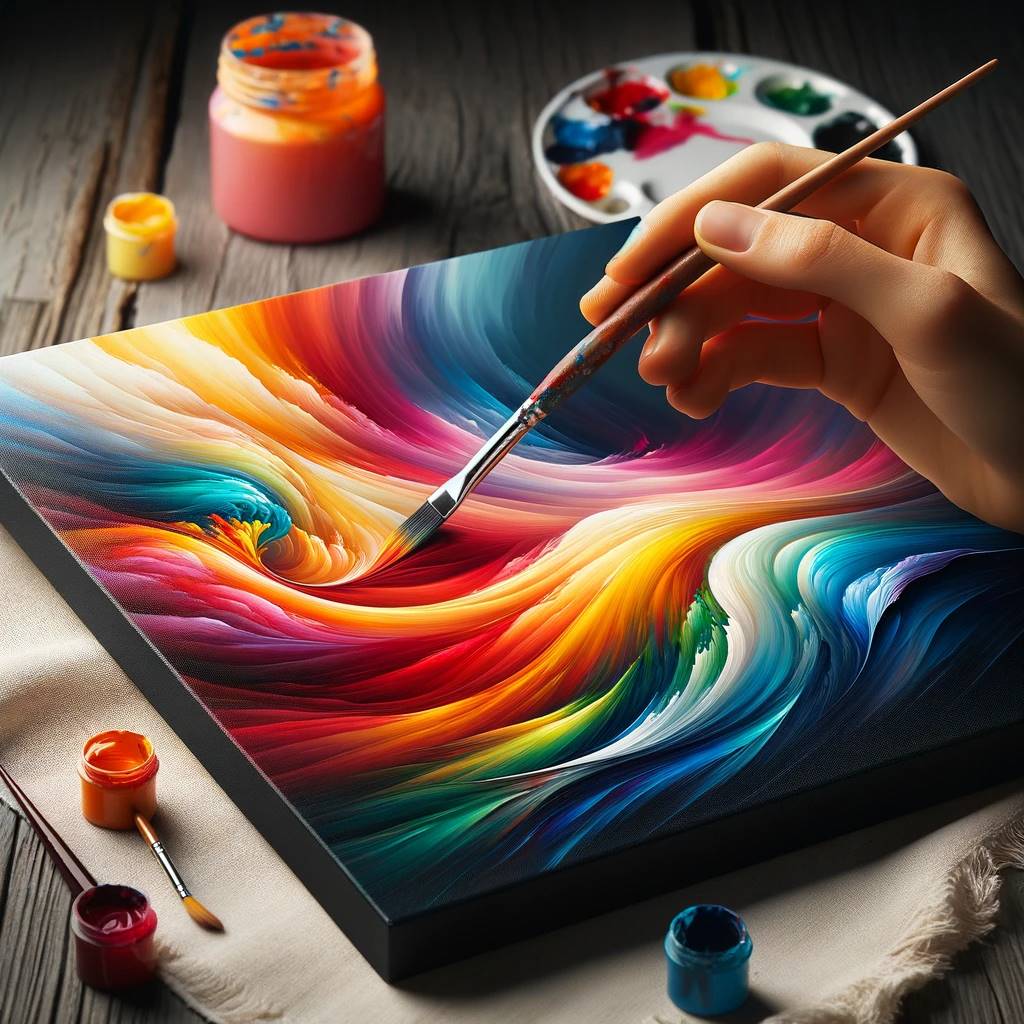
Blending
Blending is a fundamental technique in acrylic painting. It involves smoothly transitioning from one color to another. It’s best done while the paint is still wet, using a clean, dry brush.
Layering
Layering involves applying multiple layers of paint, one over the other, allowing each layer to dry before applying the next. This technique adds depth and texture to your painting.
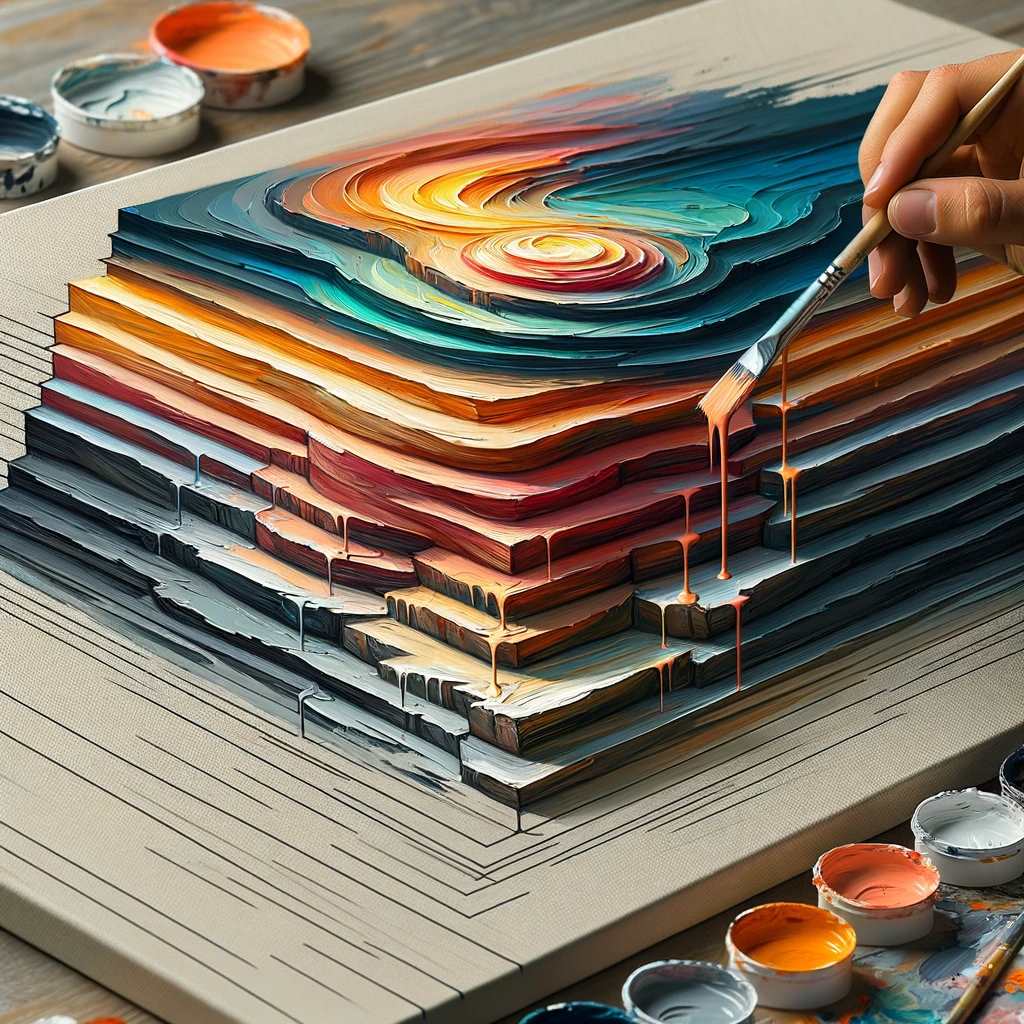
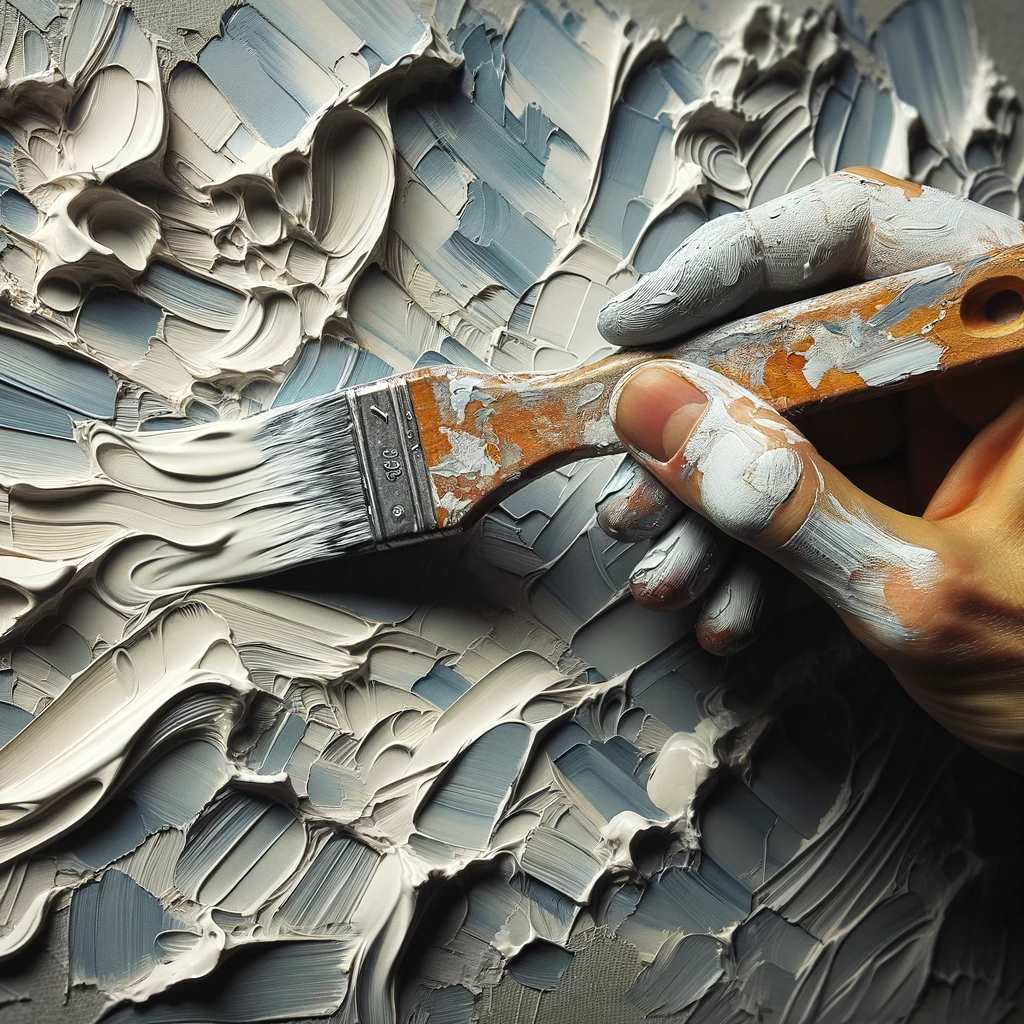
Texturing
Texturing in acrylic painting can be achieved using various tools like palette knives, sponges, or even fingers. It’s a great way to add dimension and interest to your artwork.
Step-by-Step Projects
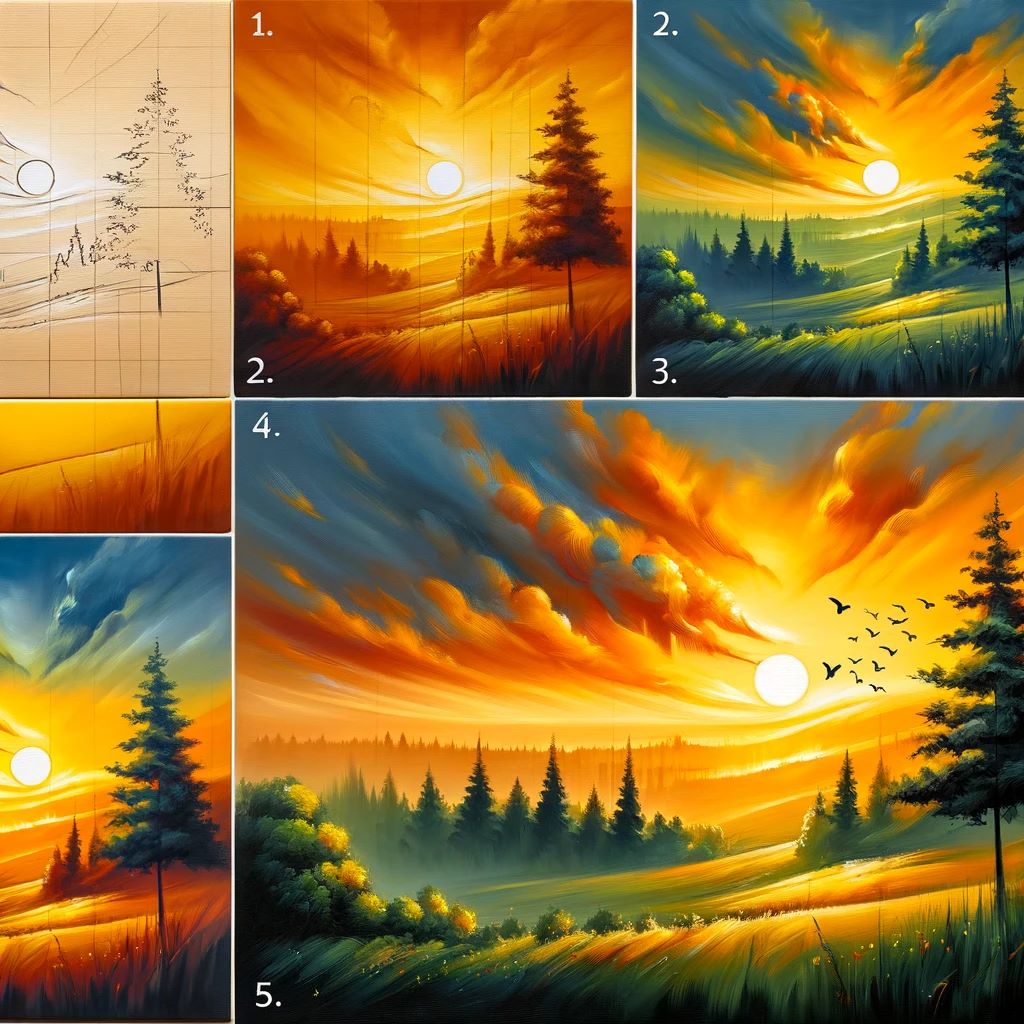
Project 1: Sunset Landscape
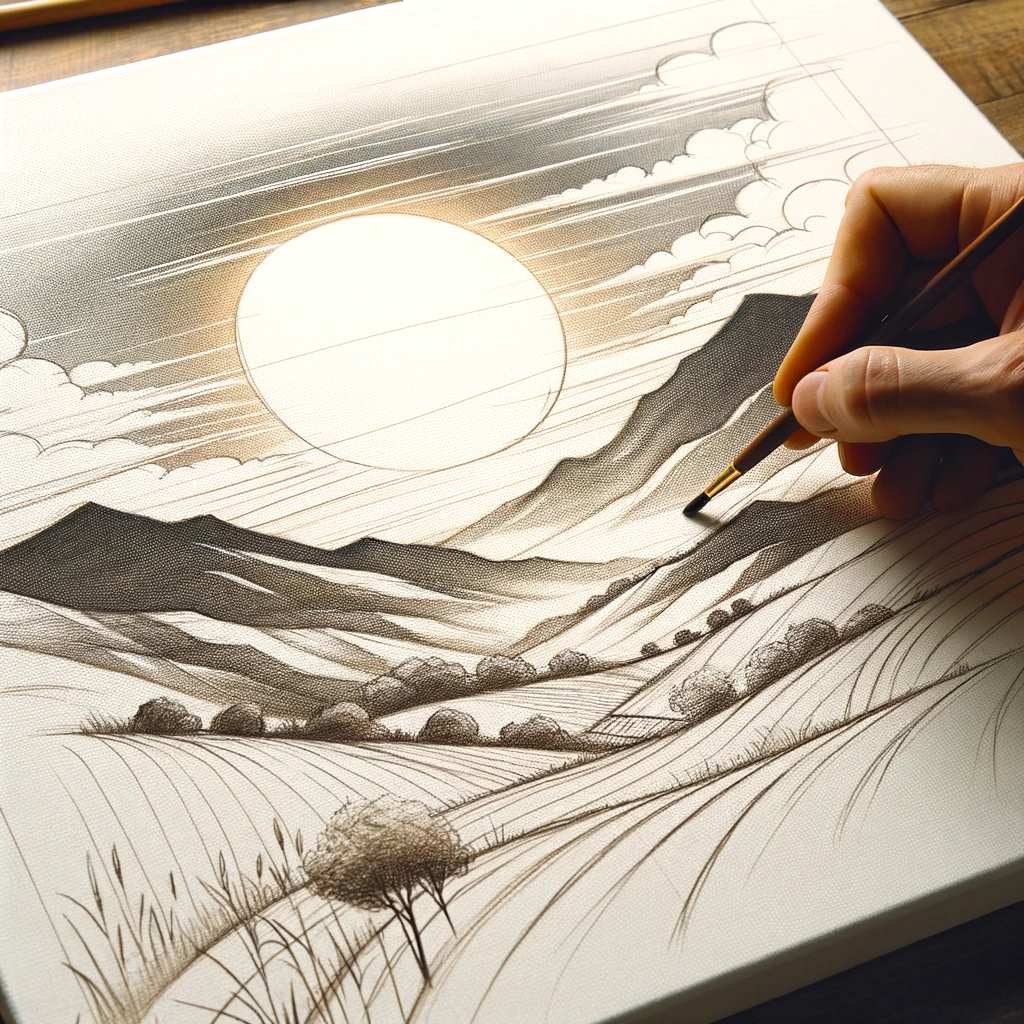
Sketch: Start with a basic sketch of the landscape.
Base Layer: Apply a thin layer of yellow and orange for the sky and dark green for the land.
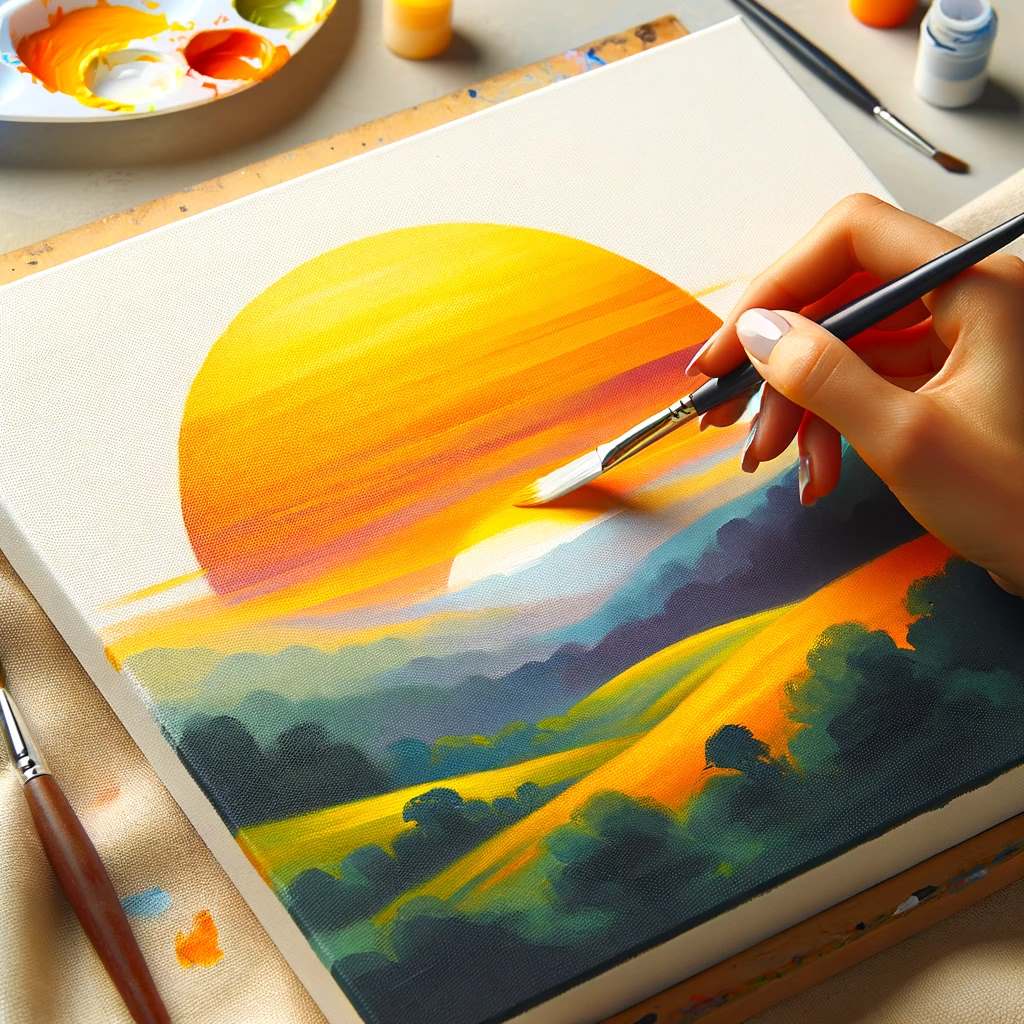
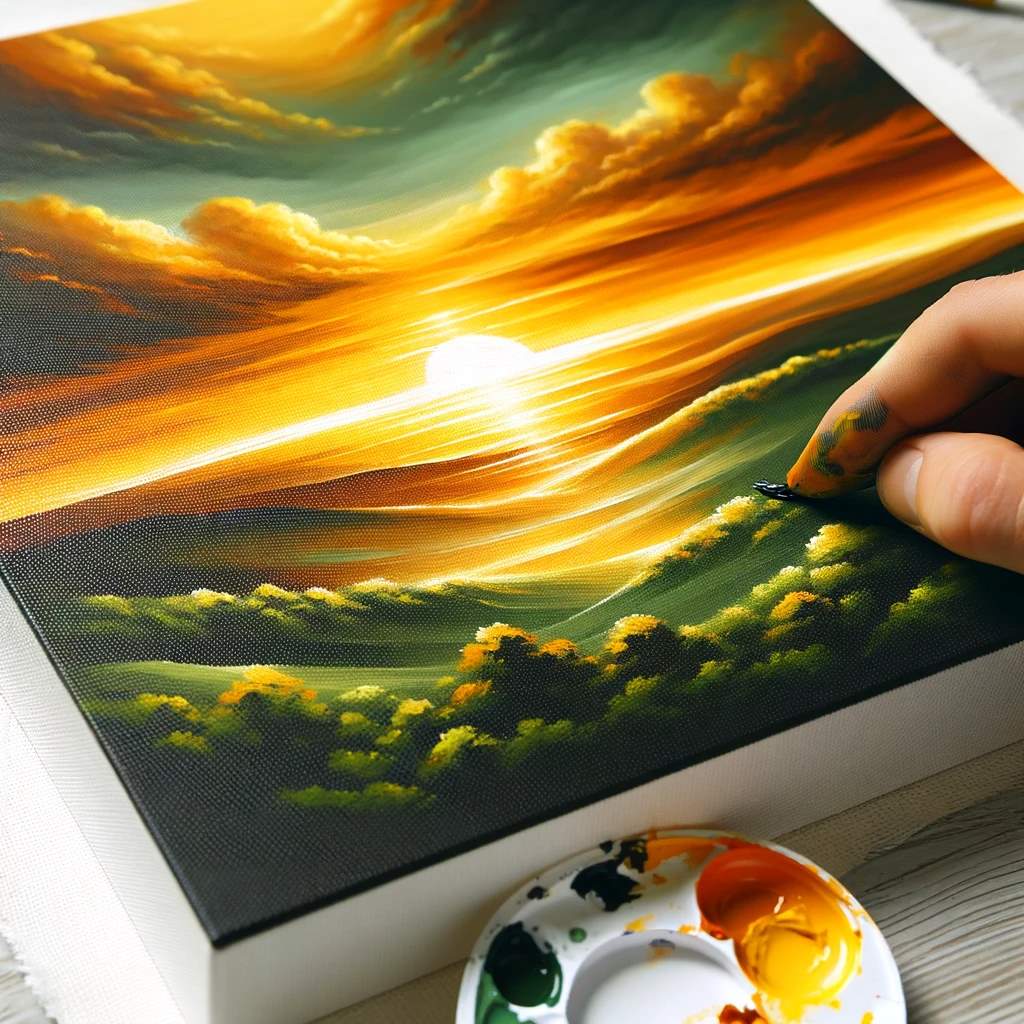
Blending: Blend the colors in the sky to create a smooth transition.
Details: Add details like a sun, trees, and birds using smaller brushes.
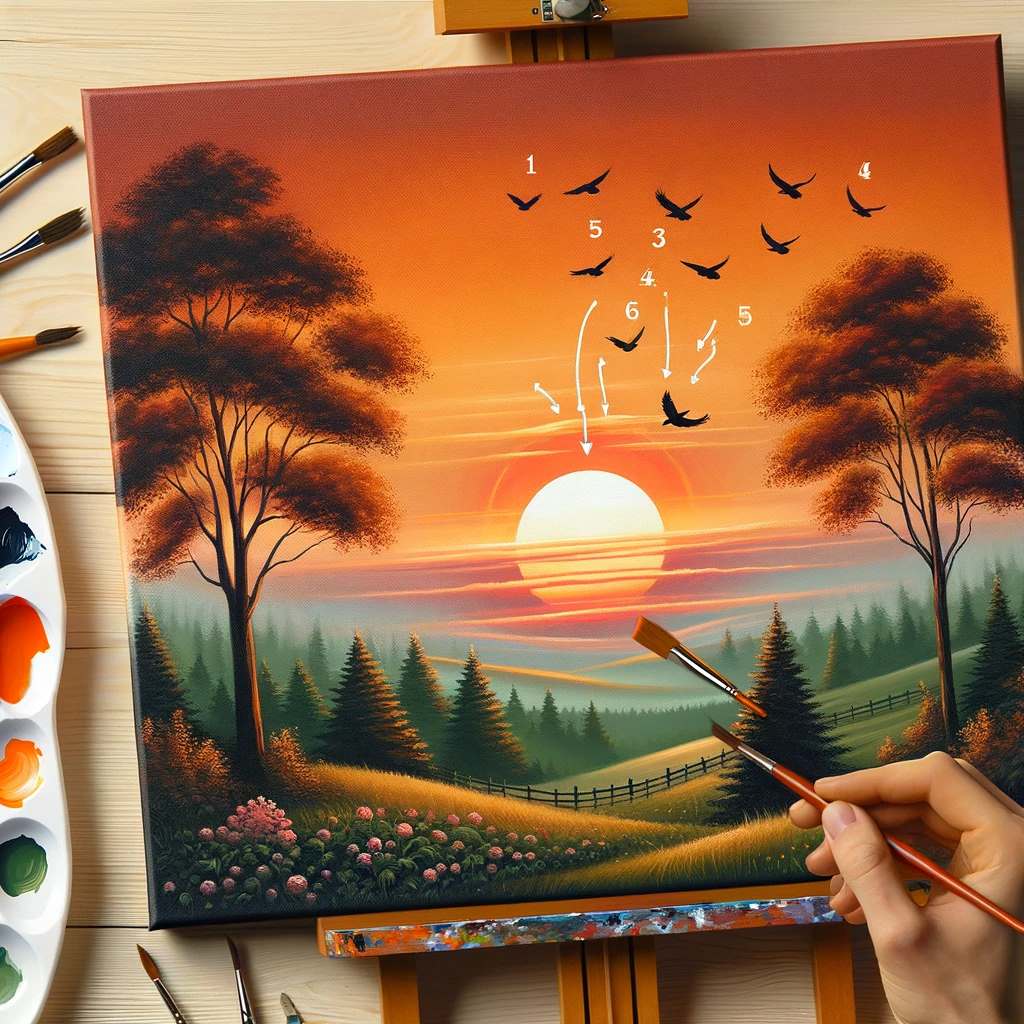
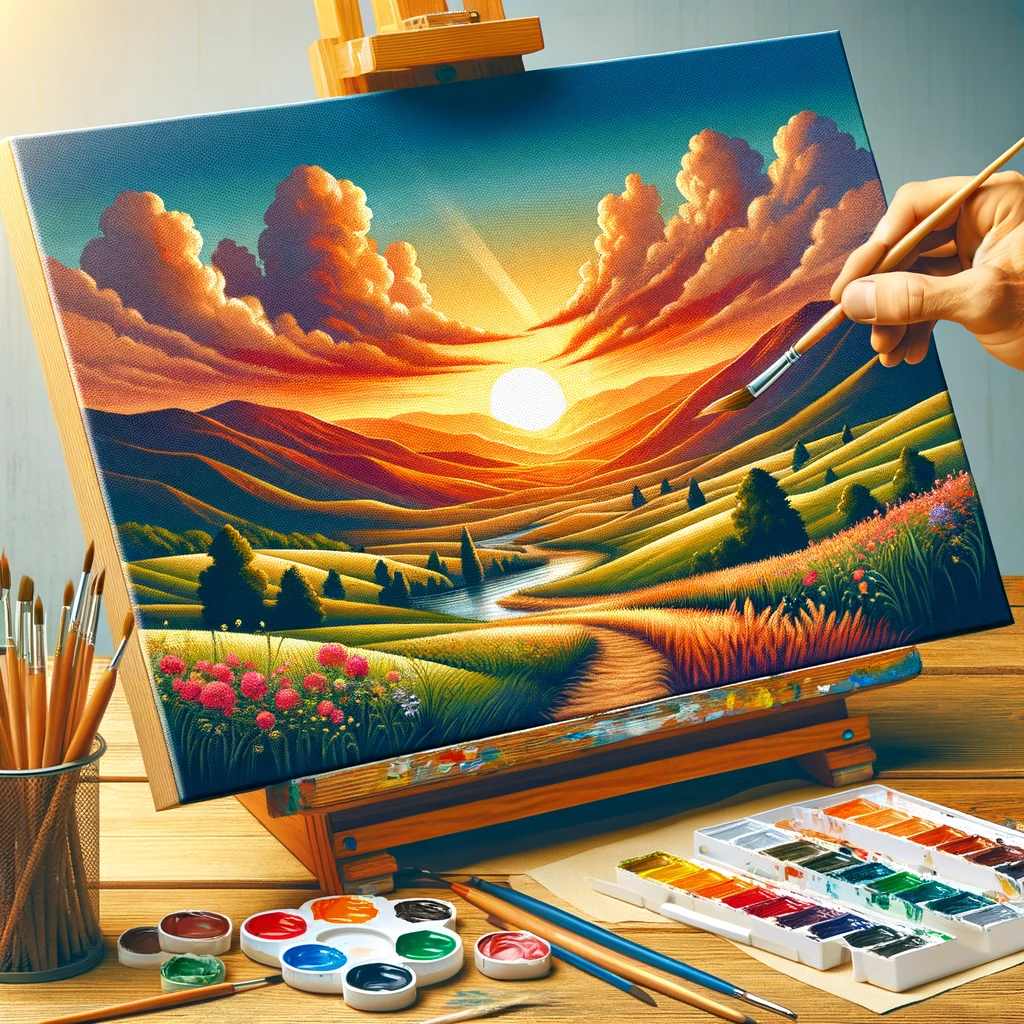
Final Touches: Enhance the colors where needed and add highlights.
Project 2: Floral Composition

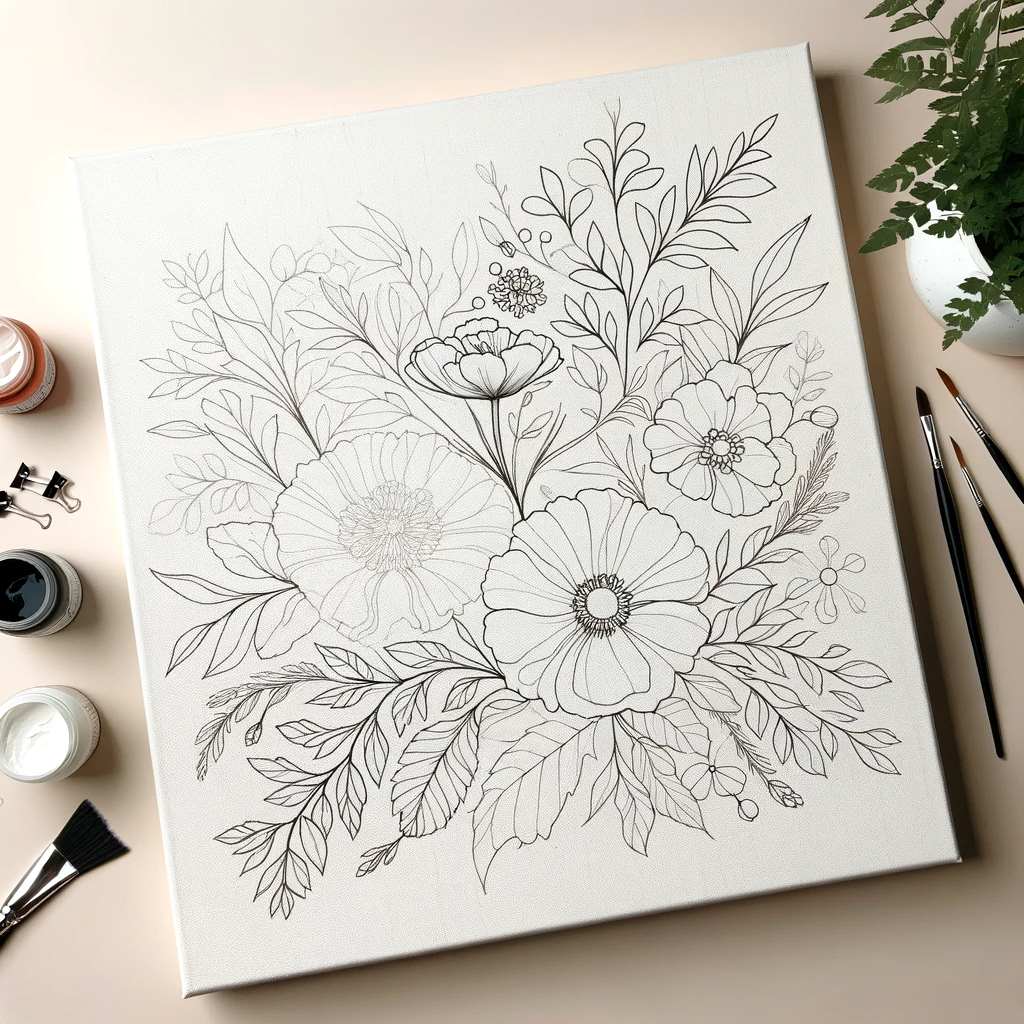
Outline: Sketch the outline of flowers and leaves.
Base Colors: Fill in the flowers and leaves with flat colors.
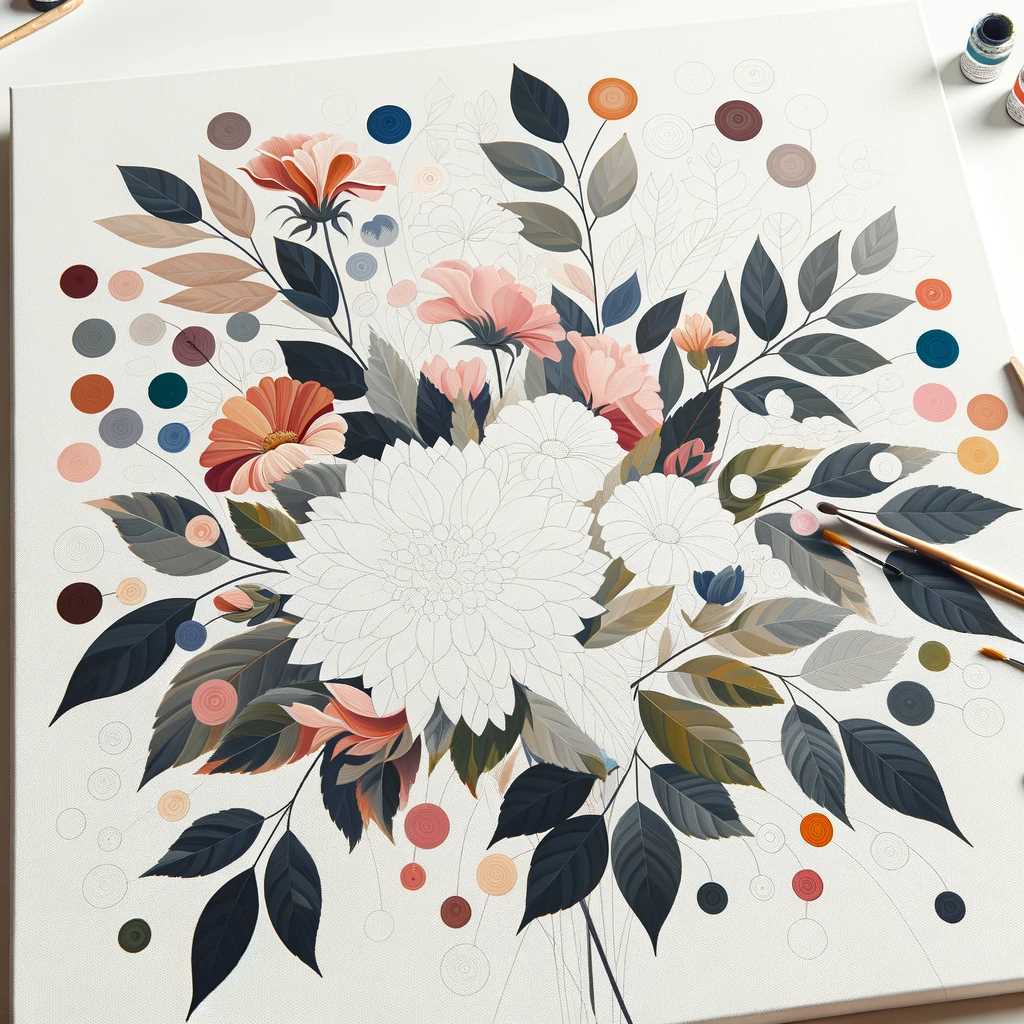
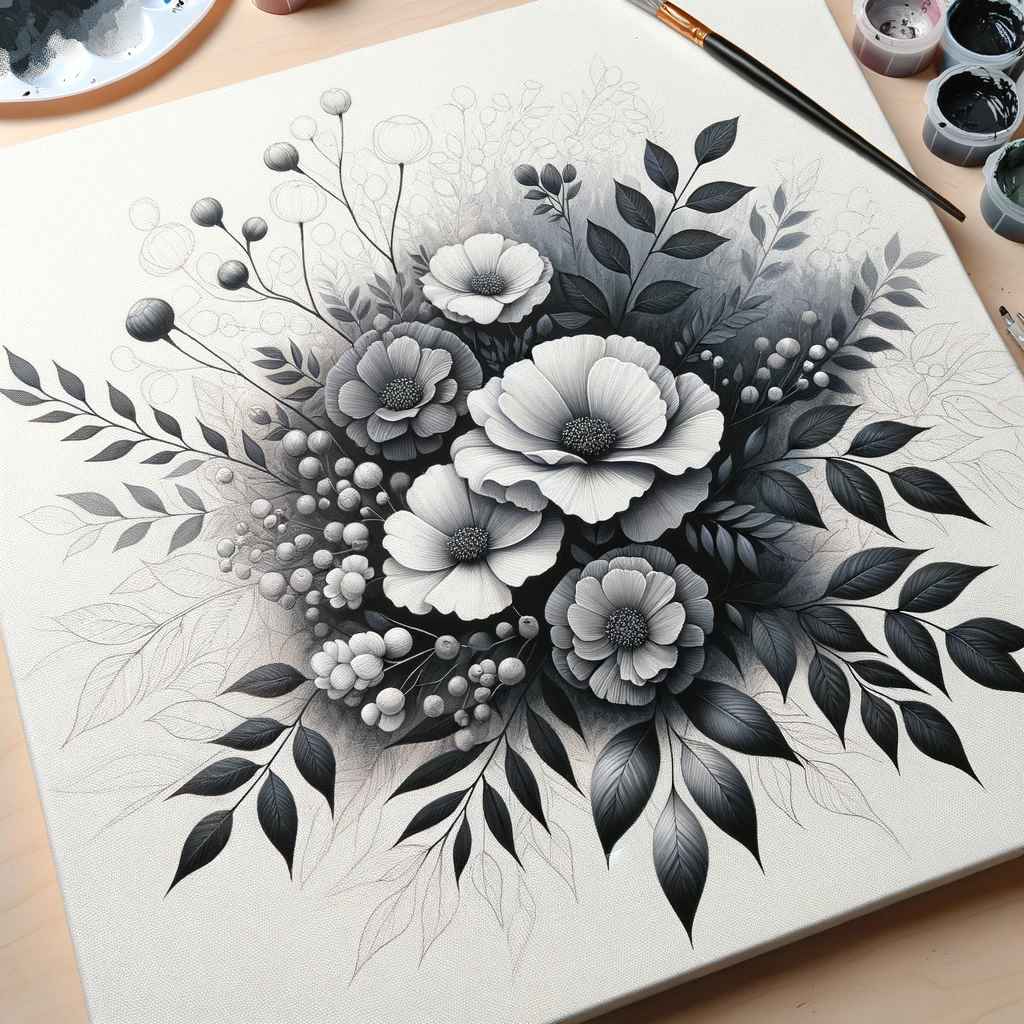
Shading: Use a darker shade to add depth to the flowers and leaves.
Highlights: Add highlights with a lighter shade or white.
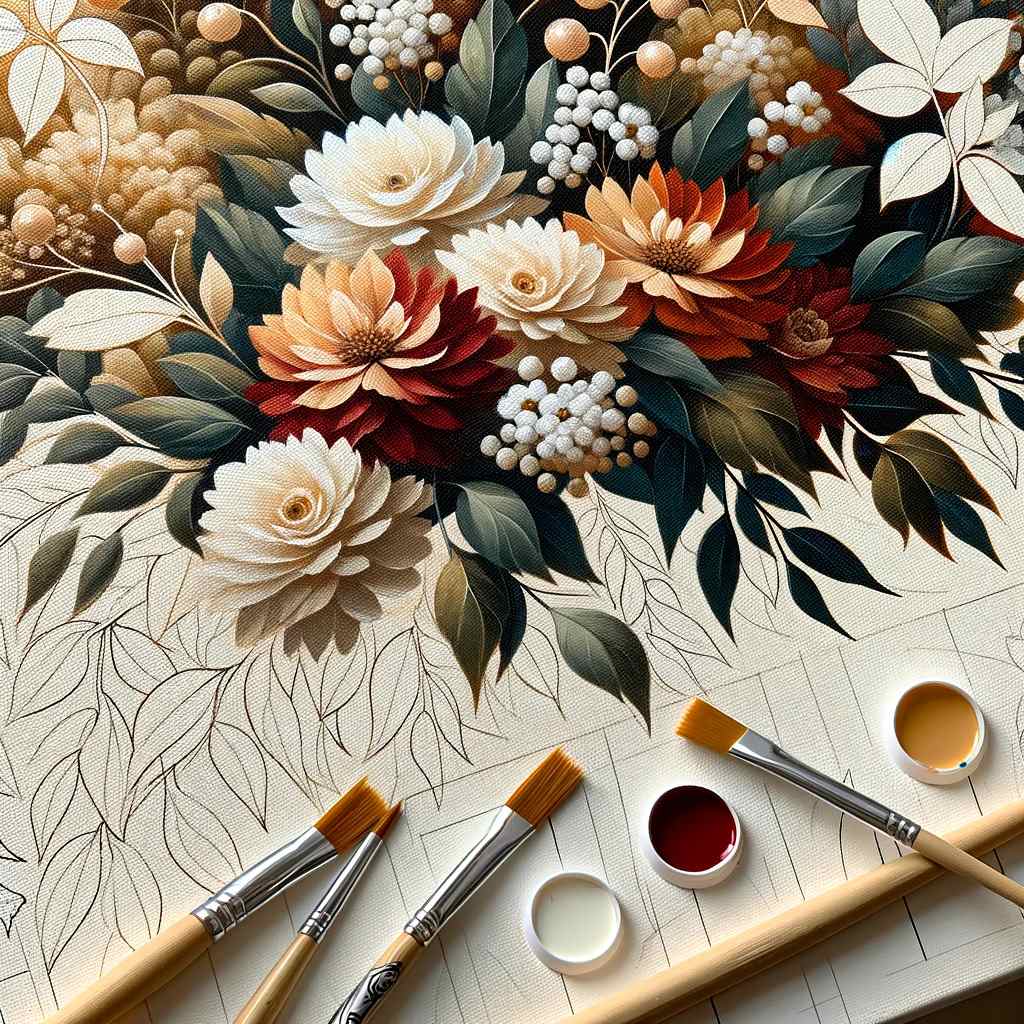

Background: Choose a contrasting color for the background and fill it in.
Tips for Beginners
- Practice Regularly: The more you paint, the better you become.
- Experiment: Don’t be afraid to try new techniques and styles.
- Study Other Artists: Learn by observing the works of other artists.
- Stay Inspired: Keep a sketchbook or an inspiration board to stay motivated.
- Take Care of Your Tools: Clean your brushes and tools after each use.
Conclusion
Acrylic painting is a rewarding hobby that allows for great creativity and expression. By understanding the materials, mastering the techniques, and practicing with projects, beginners can embark on an exciting journey in the world of acrylic painting. Remember, every artist was once a beginner, so embrace the learning process and enjoy the journey of becoming an acrylic painter.
Source Links
- https://www.theartstory.org/movement/pop-art/
- https://magazine.artland.com/art-movement-pop-art/
- https://paintwithlovejoy.medium.com/the-evolution-of-acrylic-paint-1254389ed8a1
This post contains affiliate links.


